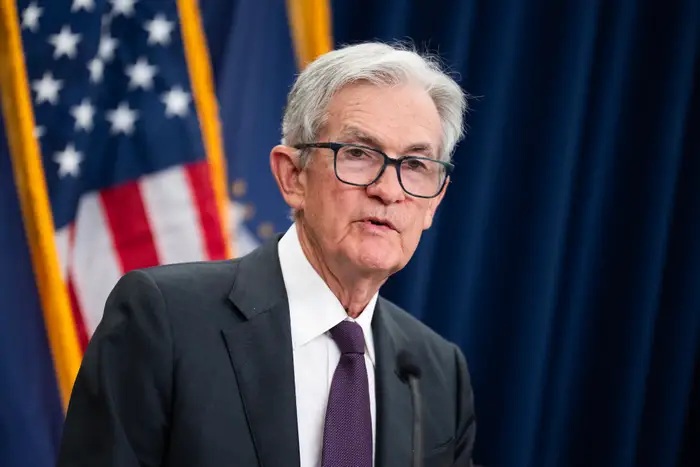As America’s economic engine sputters into spring, early signs suggest that U.S. employers are beginning to ease off the throttle. March’s employment data, anticipated to show a modest gain of 138,000 jobs, reflects a broader shift: a labor market that’s losing altitude just as consumers are growing more hesitant and inflation anxieties begin to bite.
That number, should it hold, would represent a slowdown from February’s 151,000 gain—and mark the weakest three-month average in job creation since last autumn. The unemployment rate, meanwhile, is expected to remain unchanged at 4.1%, a testament to the labor market’s resilience—but also its limits.
Behind these numbers lies a deeper unease. Consumer spending, long the beating heart of the American economy, has shown troubling signs of fatigue. Personal consumption barely budged in February, following a dip in January. Real disposable income has flattened. And confidence, as measured by consumer sentiment, is faltering in the face of rising prices and geopolitical noise.
One of the loudest of those noises is emanating from the White House. President Trump is preparing to escalate his trade offensive with a sweeping new set of tariffs poised to land this week. It’s a gamble rooted in the belief that a more protectionist posture can correct trade imbalances, spur domestic manufacturing, and renew America’s industrial base. But for now, the threat of retaliation, rising costs, and economic isolation are casting long shadows over boardrooms and kitchen tables alike.
The Federal Reserve, for its part, appears to be holding its ground. Chair Jerome Powell and several key governors will speak this week, but expectations are tempered. With inflation still elevated—and fresh fears that tariffs could further fuel consumer price growth—there’s little appetite for renewed rate cuts. Caution, not stimulus, is the Fed’s current watchword.
Corporate leaders and economists alike are scanning the horizon for firmer signals. This week’s manufacturing and services indexes from the Institute for Supply Management, as well as updates from S&P Global, may offer early hints as to whether businesses are battening down the hatches or merely pausing for breath.
Canada, meanwhile, is feeling the ripple effects. As its own election season heats up, the looming threat of U.S. trade barriers is beginning to take a tangible toll. Exports to the United States are expected to show signs of slowing after an early-year surge—likely driven by firms rushing to get ahead of the tariffs. The Bank of Canada has warned that this front-loading could precede a period of weaker trade activity and hiring.
The global picture is equally jittery. From Frankfurt to Bogotá, policymakers are watching Washington closely, recalibrating their own responses to a volatile geopolitical and economic moment. The European Central Bank faces a pivotal decision in April on whether to cut rates. Inflation data due this week—especially from Germany and Italy—could tip the scales.
Across Asia, a slew of economic data points will test the region’s resilience to external shocks. Japan, South Korea, and Thailand will report manufacturing activity, while China’s Caixin PMI will reveal whether recent stimulus efforts have reignited growth. In Australia, where the central bank recently made its first rate cut in years, housing data may show whether the move has trickled into the real economy.
Latin America is bracing as well. In Mexico, attention is fixed on looming U.S. tariffs targeting auto imports—a potentially seismic development for a country whose economy is deeply intertwined with its northern neighbor. Argentina and Peru, struggling with their own inflation battles, will release key price data, while Brazil’s industrial sector faces headwinds from both domestic uncertainty and foreign trade tensions.
It’s a week of watching and waiting. With the stakes rising and clarity elusive, the global economy feels less like a well-oiled machine and more like an aircraft banking into turbulence—stable for now, but vulnerable to the next jolt.






